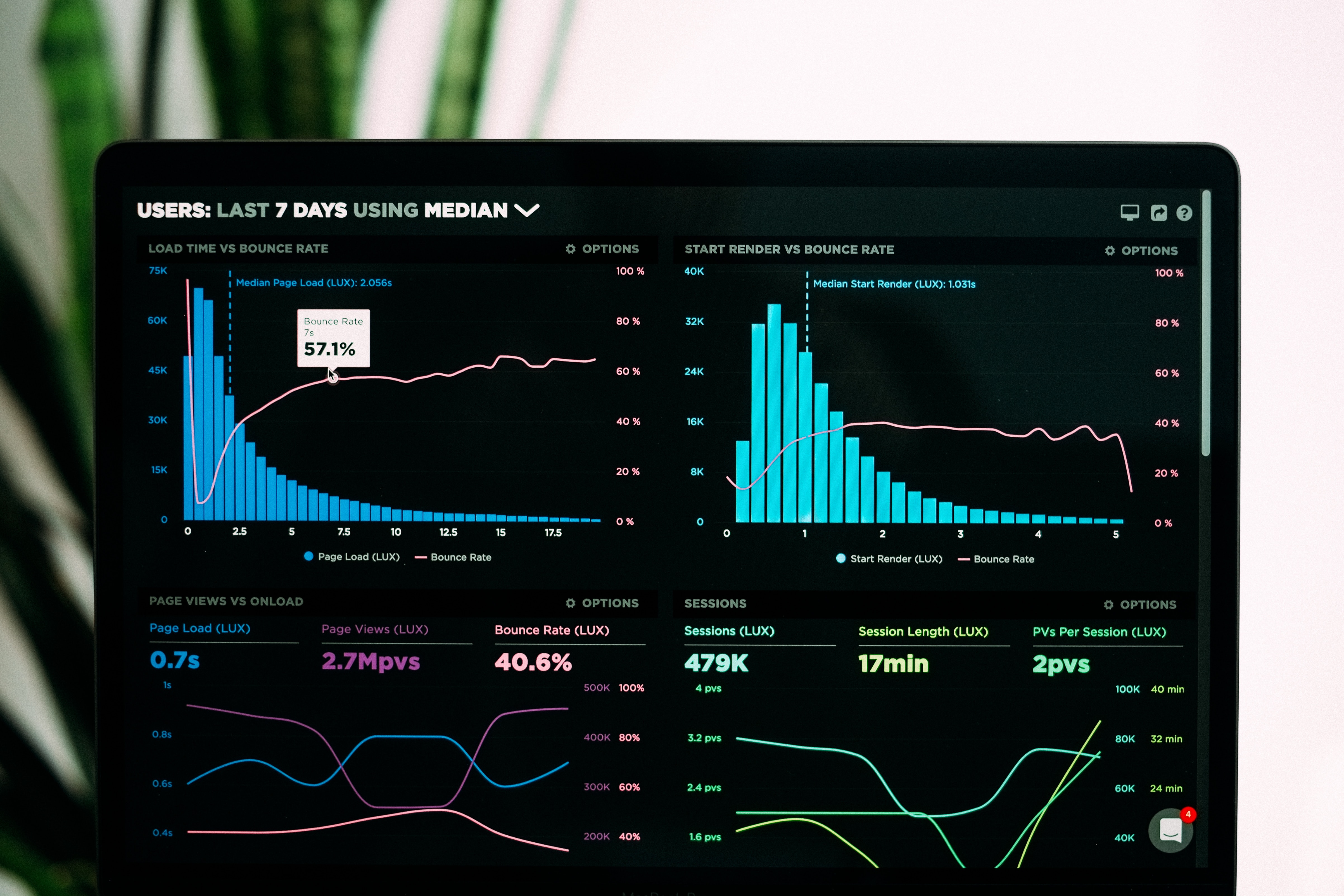I personally love initiatives like L’oreal’s Naya Aghaaz program and Accenture’s leading parental leave policies. They are so impactful, and can empower other organizations to follow suit. However, it’s easy to take these examples and create diversity and inclusion initiatives without understanding your past and current state of inclusion. But these organizations are leaders in the DEI industry because they took the time to collect the data. Diversity and inclusion initiatives are not a one size fits all solution, and data can help you create a personalized initiative for your organization. How, you may ask, can data do this?
It gives you an unbiased view of your organization.
Third party evaluations can help with giving you an accurate-view of your corporate inclusion. Regardless of your views on diversity and inclusion, unconscious bias can be devastating. For example, resumes with “white” names receive 50% more callbacks than resumes with “ethnic” names.
Your culture can define your “norms”, but what is “normal”? This can shed light on some strengths that you can continue to hone and perfect, but also some weaknesses that can be overlooked.
An external view can also help data collection barriers. Power imbalances can lead to uncomfortable situations, especially when it comes to evaluation. 69% of employers are uncomfortable with communicating their employees. 37% of managers are uncomfortable with confronting their employees and providing feedback to their employees where there is a possibility that they may react negatively. This can lead to sometimes providing feedback that isn’t really reflective of your organization.
It can give you a good starting point for your initiative.
Inclusion is a multifaceted, complex concept, it can be difficult to figure out where you can even begin to tackle this issue in your organization. A PwC report on the state of DEI initiatives in North America show that only 5% of DEI initiatives have reached full maturity. Of the process that was outlined in the report, continuous data collection to understand the current state of inclusion of the organization was identified as the first step. Of the 1000+ respondents, over 60% are still in the “emerging” or “basic” stage. Another report by McKinsey, also identified data collection as a starting point for DEI. Clearly, data collection is a necessary, but arduous step in the DEI development process.
It can provide good storytelling opportunities.
Everyone wants to hear good things about the services they’re investing in. While evaluations may be associated with finding pieces for improvement, it can also reveal some aspects that are going really well. When speaking with potential clients, it’s a lot more convincing to provide the numbers and facts that prove why your organization is excelling.
Customers want to be able to relate to who they’re buying from. Women are expected to hold 60% of purchasing power by 2025. LGBTQ2+ individuals have 80% higher incomes than average. Being able to reflect the growing market within your organization is a huge selling point for individuals. Data that is collected can help display that to potential clients.
Every journey has a starting point. Sometimes it’s a jump, other times it can be just a step, but either way, we’re happy to support you and your organization when you start.

